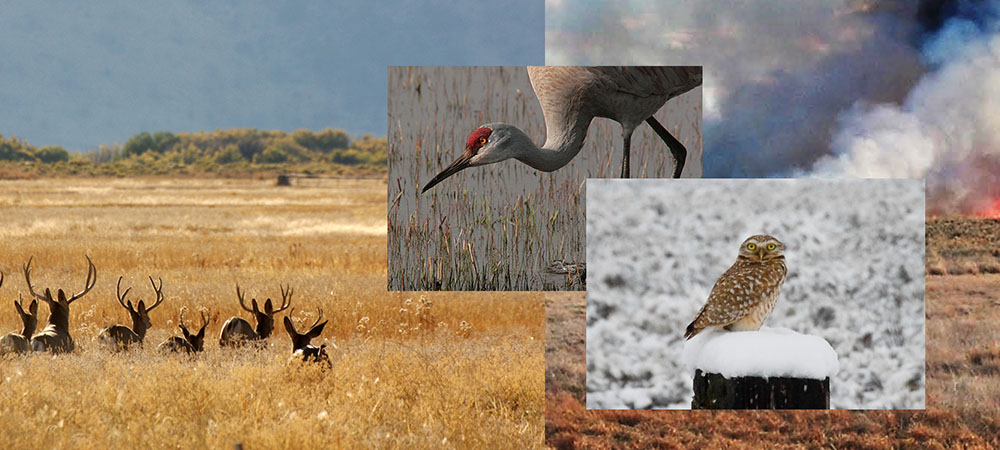By the time you read this, the Profanity Peak wolf pack in Washington State will be no more. At last count, six wolves of the 11 member pack have been destroyed. All that remains is one adult and four cubs. And if the last remaining adult is killed, the cubs will most likely starve to […]



